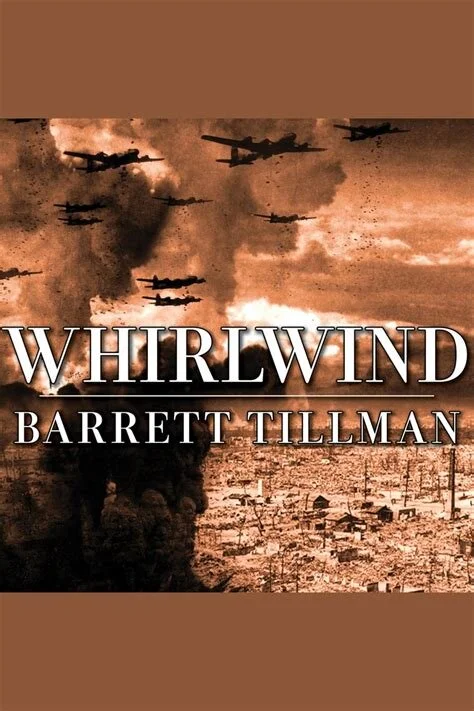David E. Hoffman's THE DEAD HAND: THE UNTOLD STORY OF THE COLD WAR ARMS RACE AND ITS DANGEROUS LEGACY
A book review by Dennis D. McDonald
In the mood to read something scary? This book will make your hair stand on end.
The author describes the end of the Cold War from the perspective of the US and Soviet/Russian efforts to reduce and/or eliminate nuclear and biological/chemical weapons.
The degree of detail is awesome and reflects declassified documents as well as many interviews with individuals from both East and West who were personally involved in negotiation and inspection efforts on both sides.
This book is convincing evidence of the ability of humans to contemplate doing evil things in the name of country and self preservation. In that sense the Soviets/Russians get the short end of the stick given how they hid and repeatedly lied about their biological war developments even after promising to dismantle them.
Reagan is given his due for contemplating nuclear disarmament but as the story plays out we are made aware of his administration’s many missed opportunities in the face of Gorbachev’s surprising initiatives. We are also made acutely aware of how rotten the Soviet economy was due to poor planning and the seemingly endless resources being devoted to warfare and defense activities.
Gorbachev is givengreat deal of attention as realizing the rottenness of the Soviet system and the need for reform, starting with reductions in the insane amounts of money being spent on redundant weaponry.
One thing this book made me realize is how little attention we members of the “public” devote to understanding the profound issues our government has to wrestle with. Hoffman gives credit where credit is due in identifying the contributions individual legislators, bureaucrats, and Soviet defectors made to taking necessary actions to reduce the dangers from nuclear and biological weapons.
He also points out the value of the personal relationships developed between scientists from East and West in reducing mistrust and the veil of secrecy the Russians maintained long after the Soviet Union crumbled. The current crop of conservative “government is bad” sentiments promoted by so many US politicians is a slap in the face of the many people, some of who are named and credited clearly by this book, who day in and day out promote the interests of the American people by engaging with difficult issues outside the U.S.
Another impression this book leaves the reader with is perhaps the most disquieting of all: what has happened to all the nuclear and biological weapons and resources developed and stockpiled by the Soviet Union that were so poorly protected and accounted for before its collapse? The few instances of Iranian attempts to gain access to Soviet technology and expertise suggest that there must to this day be much much more going on regarding anti proliferation efforts that are rarely reported on by the media. We need to pay more attention to these efforts given the scariness of what small amounts of fiissionable or bio-war materials could do in the wrong hands.
Review copyright (c) 2012 by Dennis D. McDonald


